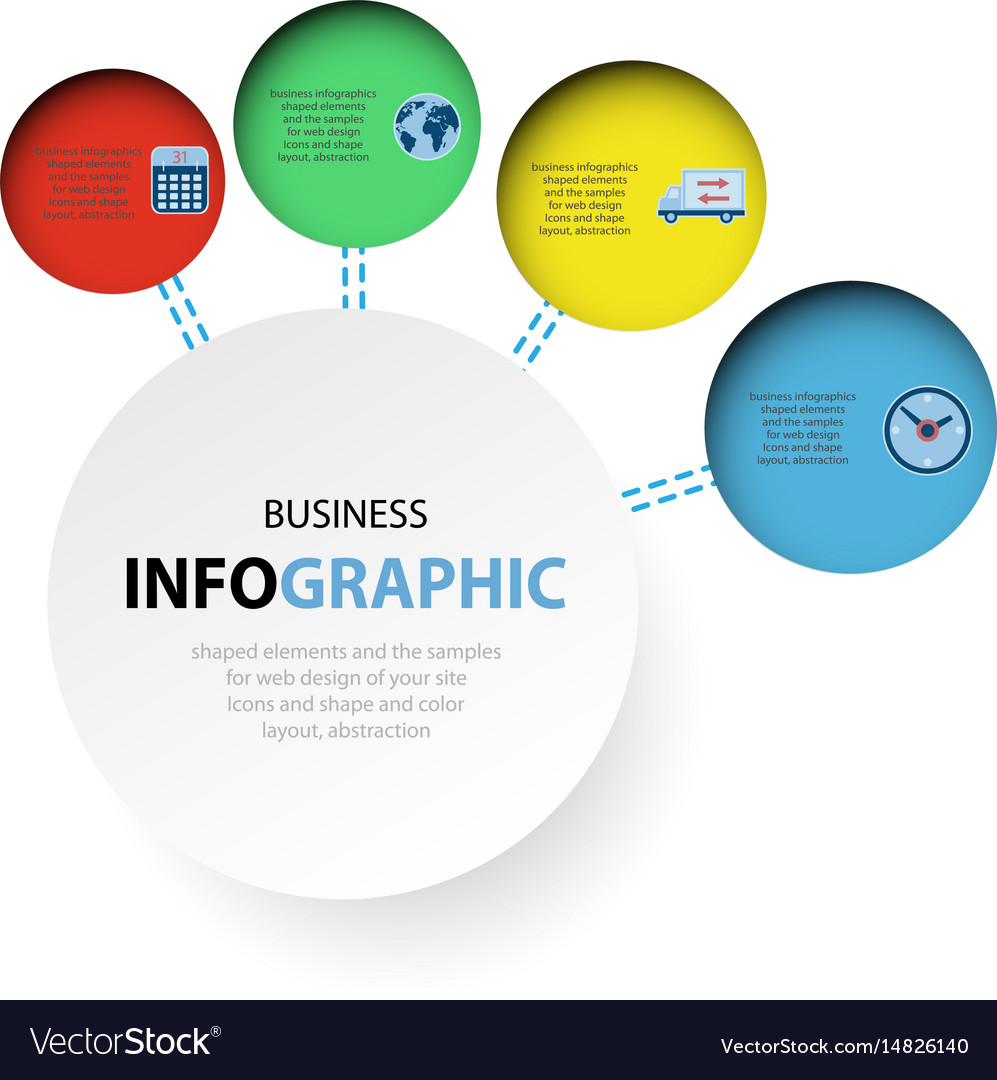Intrigued In Finding Out Just How Website Style Has Changed For Many Years? Check Out The Journey
Intrigued In Finding Out Just How Website Style Has Changed For Many Years? Check Out The Journey
Blog Article
Authored By-Tobiasen Lunde
In the past, internet sites were easy and focused on information. Navigation was direct, and design was for desktops. Now, user experience is vital. Information overviews layouts for very easy navigating. Responsive designs match different devices. Today, dark mode reduces pressure, and minimalist menus improve navigation. Interactive functions involve individuals, and strong visuals stand apart. Highly recommended Website enhances engagement. See just how style has progressed to enhance your on-line journey.
Very Early Days of Web Design
In the early days of web design, simplicity preponderated. Websites were standard, with limited shades, fonts, and designs. The focus got on supplying info instead of fancy visuals. Customers accessed the net via slow dial-up connections, so rate and functionality were essential.
Navigation food selections were straightforward, typically situated on top or side of the page. Internet sites were designed for desktop computers, as mobile surfing had not been yet prevalent. Material was king, and designers focused on easy readability over complex layout components.
HTML was the primary coding language used, and developers needed to work within its restraints. Animations and interactive functions were minimal compared to today's standards. Websites were static, with little dynamic material or tailored individual experiences.
Surge of User-Focused Style
With the development of internet site layout, a change in the direction of user-focused style principles has ended up being increasingly noticeable. Today, developing internet sites that prioritize individual experience is important for involving visitors and achieving business objectives. User-focused layout entails recognizing the demands, choices, and behaviors of your target market to tailor the site's format, content, and features accordingly.
Developers currently perform complete research, such as individual surveys and functionality testing, to gather understandings and feedback straight from customers. This data-driven technique aids in creating user-friendly navigation, clear calls-to-action, and visually appealing user interfaces that reverberate with visitors. By putting the individual at the facility of the design procedure, internet sites can supply a more individualized and delightful experience.
Receptive style has additionally become a crucial facet of user-focused style, making certain that websites are optimized for various tools and screen sizes. This versatility boosts availability and use, catering to the varied means individuals interact with websites today. In essence, the increase of user-focused design symbolizes a shift in the direction of creating digital experiences that focus on the demands and expectations of the end customer.
Modern Trends in Web Design
Explore the latest trends forming website design today. One noticeable trend is dark mode design, using a sleek and contemporary look while reducing eye strain in low-light settings. Another crucial pattern is minimal navigating, streamlining menus and boosting user experience by concentrating on essential elements. Including micro-interactions, such as animated buttons or scrolling results, can produce an extra interesting and interactive website. Responsive style continues to be crucial, guaranteeing seamless customer experiences across different tools. Additionally, utilizing bold typography and asymmetrical formats can add aesthetic passion and accentuate specific content.
Integrating AI technology, like chatbots for client support or tailored referrals, boosts individual interaction and streamlines processes. Ease of access has likewise become a significant fad, with designers prioritizing inclusive design techniques to satisfy varied user needs. Welcoming sustainability by maximizing website efficiency for rate and effectiveness is another arising pattern in web design. Teaming up with customer feedback and data analytics to repeat and boost layout constantly is essential for staying pertinent in the ever-evolving digital landscape. By embracing these contemporary trends, you can produce a visually appealing, easy to use website that reverberates with your target market.
Verdict
As you review the advancement of site layout from the very early days to now, you can see exactly how user-focused style has come to be the driving force behind modern-day patterns.
Accept the journey of change and adaptation in web design, constantly keeping the customer experience at the forefront.
Keep present with the current trends and technologies, and never ever quit advancing your technique to produce visually sensational and easy to use websites.
Advance, adjust, and produce - the future of web design remains in your hands.
